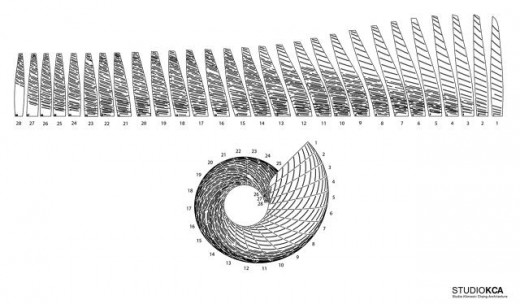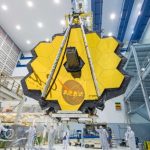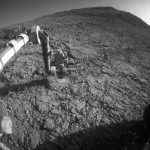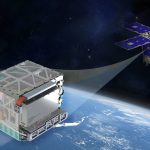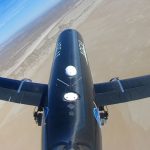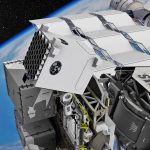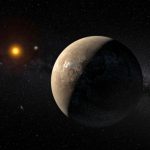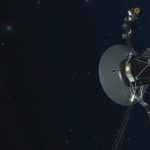that you may take heed to The Sounds Of Satellites within This NASA-built Pavilion
To create an extraordinary map of NASA’s orbiting satellites, these designers became to sound.
January 20, 2016
proper this second, a whole bunch of miles above the Earth’s surface, a fleet of 19 NASA satellites are silently orbiting the planet. As they trip along their individual paths, the spacecraft are continuously taking pictures and amassing information that helps predict the whole thing from impending hurricanes to aerosol ranges in the ambiance. but despite their importance, these satellites are simple to overlook—because they may be so tough to see and imagine.
which is one thing NASA is making an attempt to alter. as an instance, in March it released an animated video exhibiting the satellites’ various trajectories. This time around, it is taking a more aural solution to the issue with the a seashell-shaped structure known as the Orbit Pavilion. positioned outdoor NASA’s Jet Propulsion Lab in Pasadena, California, the spiraling aluminum construction amplifies a symphony of sounds, each of which corresponds to some of the 19 satellites in orbit, plus the global house Station.
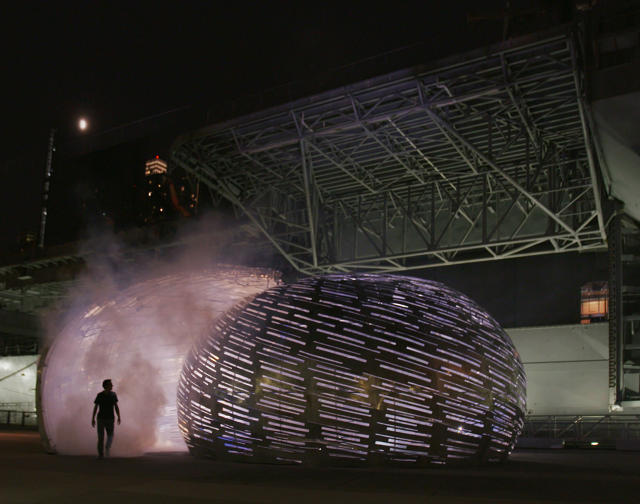
The brains in the back of this 3,500-square-foot structure are Jason Kilmoski and Leslie Chang, of the Brooklyn-based totally architecture firm StudioKCA. The brief was once left extremely open, the duo give an explanation for: “They got here to us and said we now have obtained these 19 satellites and we wish to by some means have folks have interaction with sound and with the trajectories of those satellites in a fascinating means,” says Kilmoski. “The satellites are collecting data streams. That doesn’t really lend itself to good illustration, so we had to consider a brand new ingenious strategy to do it.”
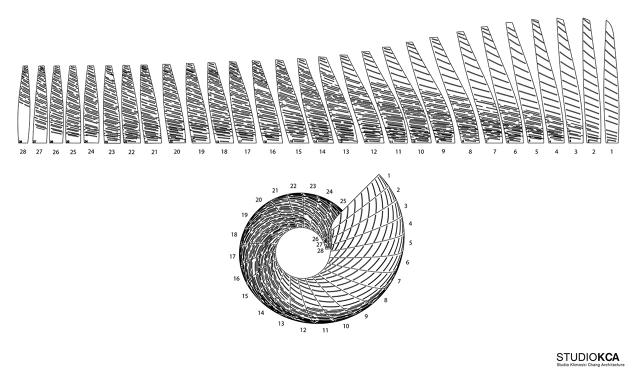
The firm labored with Shane Myrbeck, a sound artist and acoustic engineer at the firm Arup to assign every of the satellites its own sound—the rest from water trickling to leaves rustling to deep tonal noises. Myrbeck then positioned an array of speakers around the heart of the gap and programmed them to play the sounds in one of these way that the visitors feel like they’re zipping previous them. inspired by means of the best way a conch shell conveys the sound of the sea, the constructing—made up of seventy two perforated aluminum panels, each and every measuring six ft extensive with the aid of 25 feet across—is designed to mitigate outdoor sounds and enlarge the sounds of space.
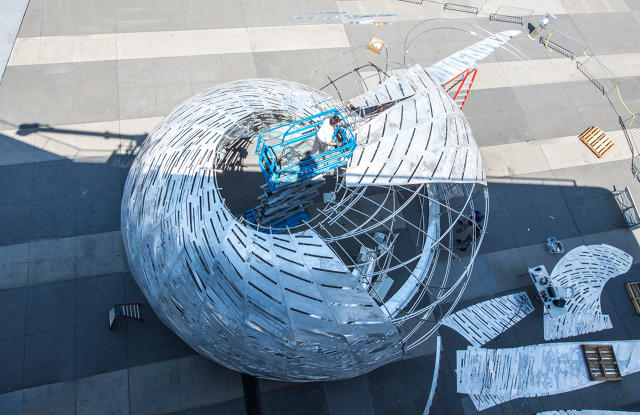
in fact, those sounds are just sonic interpretations of the orbiting spacecrafts—which themselves are silent and largely invisible from Earth. The timing is interpretive as neatly: a satellite that may normally take 90 minutes to complete an orbit is condensed down to 5 to create a whirling, immersive sensation. So whereas the set up does give guests a sense of satellite tv for pc’s trajectory, don’t count on a completely correct expertise. the purpose, as Kilmoski puts it, is to create a sense of amazement that these satellites are spinning in orbit all around us in outer area, despite the fact that we will not see them. “We wished to make that world tangible,” he says.
The Orbit Pavilion shall be at the Jet Propulsion Lab in Pasadena, California except this summer time (actual date TBD), when it will transfer to the Huntington Botanical Gardens in San Marino, California.
All images: courtesy NASAJPL
quick company , learn Full Story
(30)

